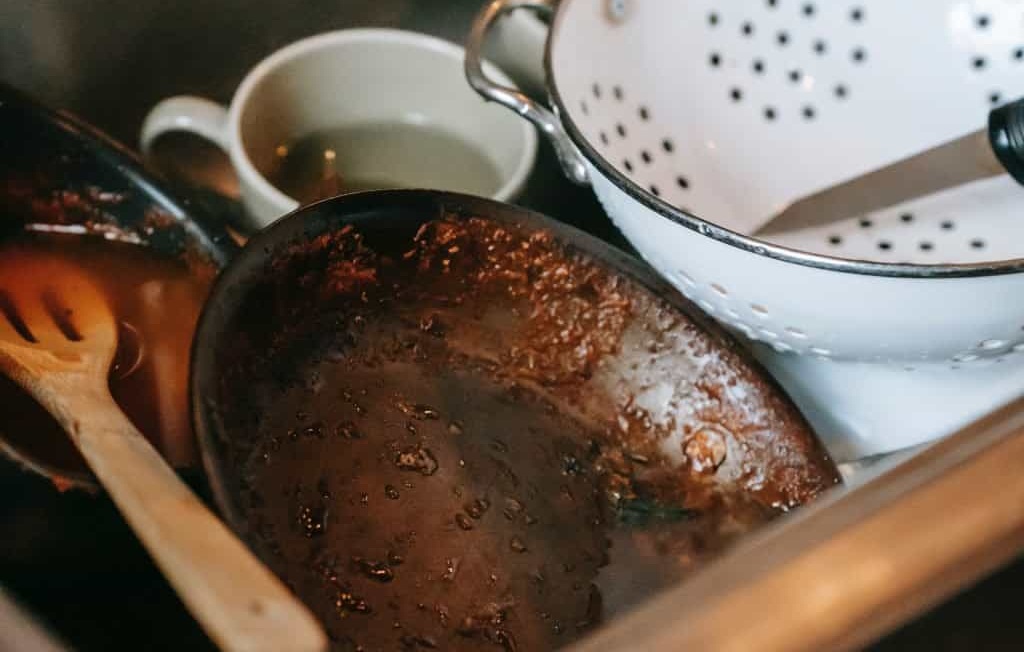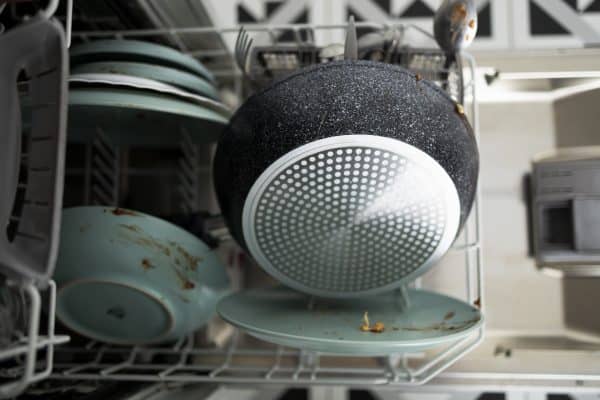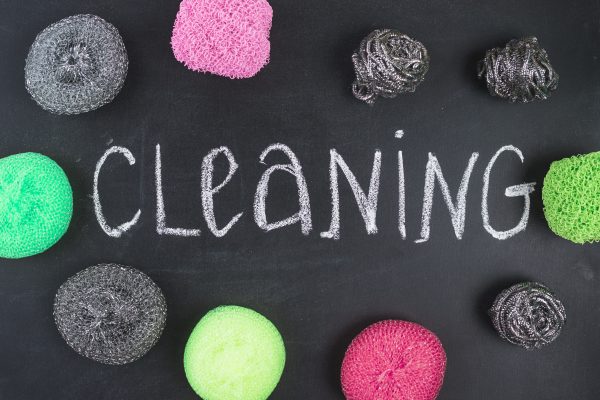A non-stick pan is a kitchen essential, particularly favored by cooking novices and those seeking easy cleanup. Yet, to maintain its efficiency, it demands delicate handling and specific maintenance practices. Let’s delve into the nuances of cleaning and care to prolong your non-stick pan’s lifespan and culinary prowess.

Dishwasher is a Big NO!
While the allure of tossing your non-stick pan into the dishwasher may seem enticing, the reality is far less appealing. Despite manufacturer claims of dishwasher safety, opting for handwashing yields superior results and safeguards the longevity of the non-stick coating. Dishwashers, with their scorching temperatures and abrasive detergents, pose a significant threat to the integrity of the pan’s surface. By eschewing this convenience in favor of a gentler handwashing approach, you can ensure that your non-stick pan remains a reliable kitchen companion for countless culinary adventures.

Using Soapy Warm Water
The detrimental effects of harsh detergents, like bleach, on non-stick properties cannot be overstated. Laden with corrosive salts and chemicals, these cleaners accelerate the degradation of the pan’s coating, leading to premature wear and tear. Opting instead for warm, soapy water during handwashing ensures a gentle yet effective cleansing process. By employing a soft sponge or dishwashing cloth, you can remove stubborn food residues without risking damage to the non-stick surface. Taking the time to rinse the pan thoroughly further aids in the removal of lingering debris, ensuring pristine cleanliness and preserving the pan’s performance for the long haul.

Avoid Using Abrasive Cleaning Tools
Preserving the integrity of your non-stick pan extends beyond the cleaning process to the utensils you employ during cooking. Metal utensils, while sturdy, pose a significant risk to the delicate non-stick coating, leaving behind unsightly scratches and compromising its effectiveness. Opting for silicone or wooden utensils provides a safer alternative, ensuring that your pan retains its non-stick qualities and remains in optimal condition for years to come. By adhering to this simple rule, you can enjoy worry-free cooking experiences without sacrificing the performance of your prized non-stick pan.

Avoid Rapid Changes in Water Temperature
Allowing your non-stick pan to cool before cleaning is essential to prevent potential damage. Rapid temperature changes, such as immersing a hot pan in cold water, can induce warping and compromise the integrity of the surface. By exercising patience and allowing the pan to reach a safe temperature naturally, you safeguard against such risks and prolong its lifespan. Embracing this practice as part of your post-cooking routine ensures that your non-stick pan retains its pristine condition, ready to deliver flawless culinary results with each use.
Conclusion
In conclusion, with proper care, your non-stick pan can be a reliable kitchen companion, offering convenient cooking and easy cleaning for years to come. Embrace these tips to safeguard its performance and enjoy stress-free culinary experiences.




